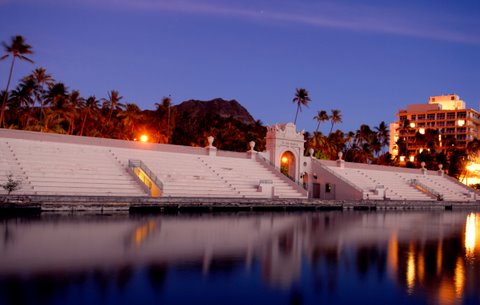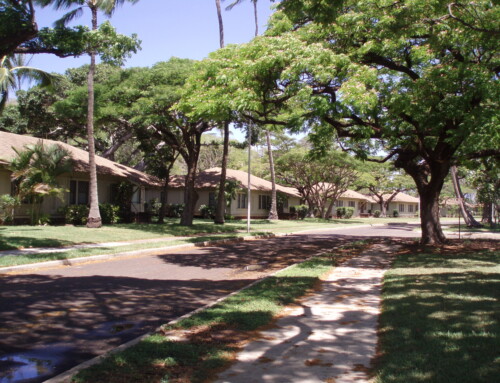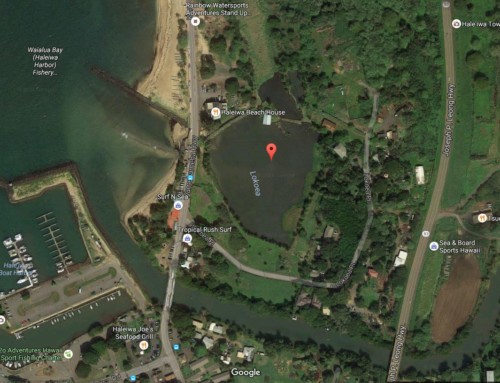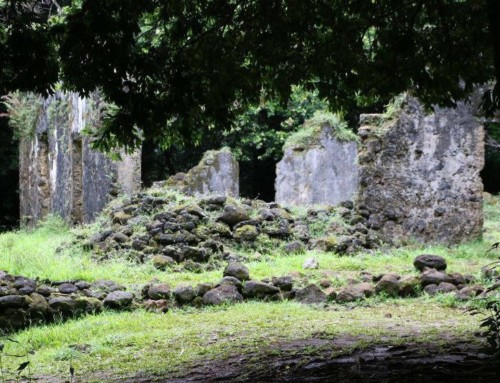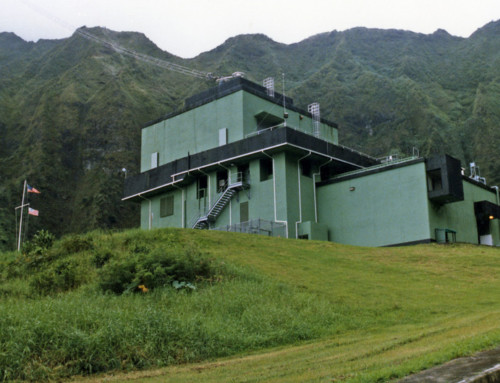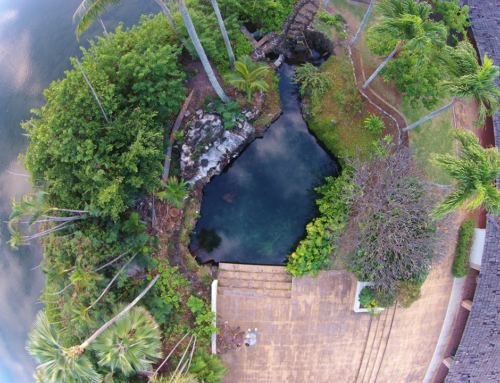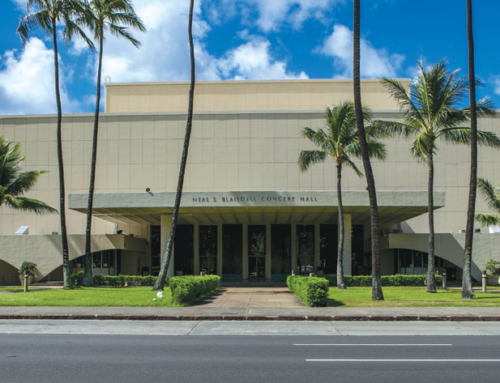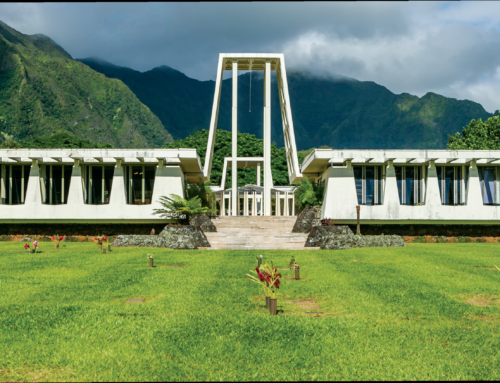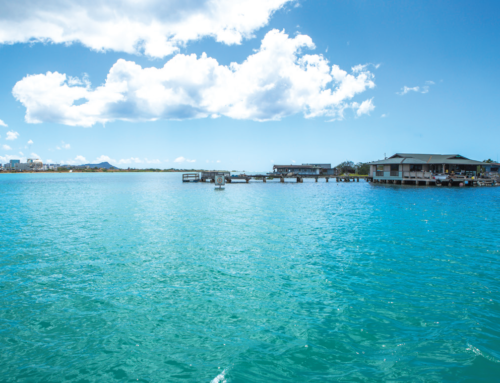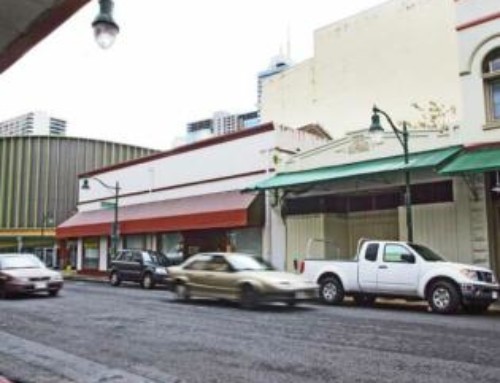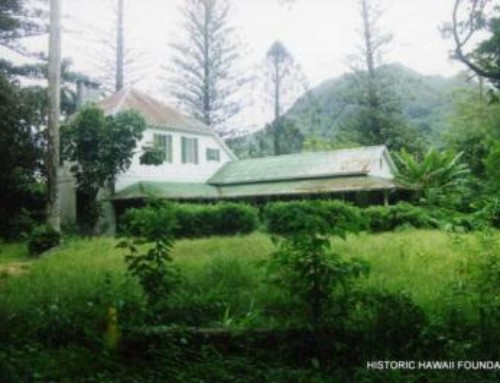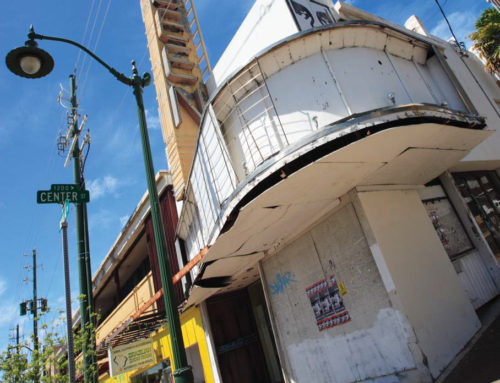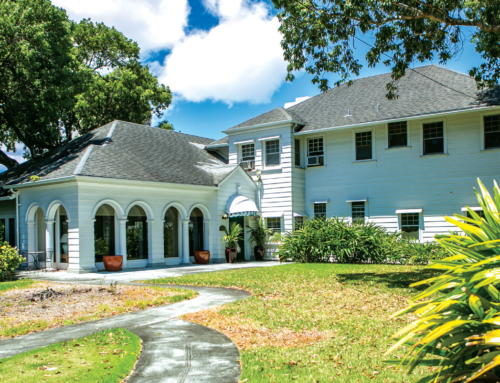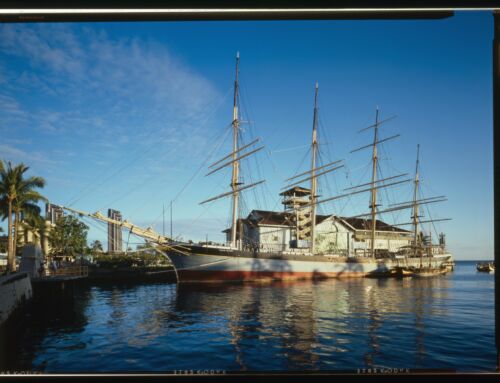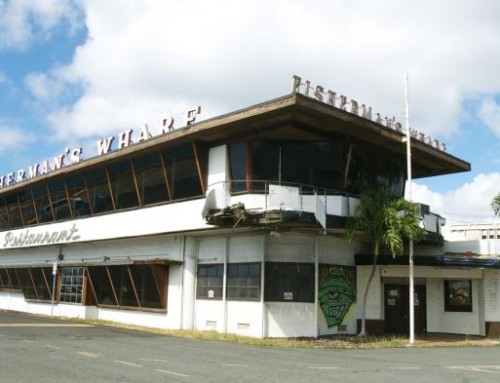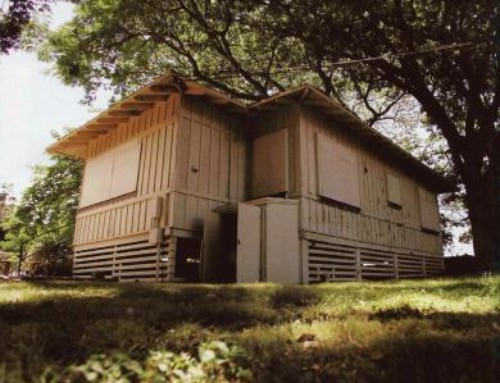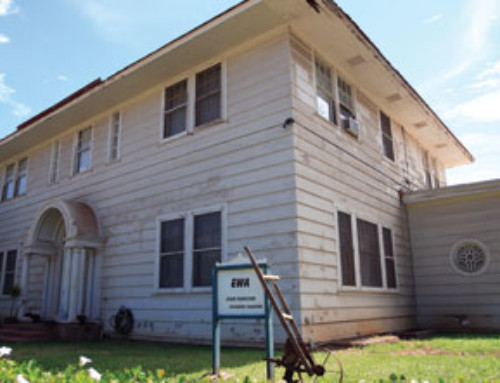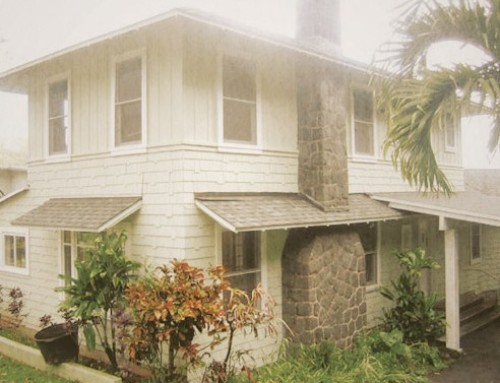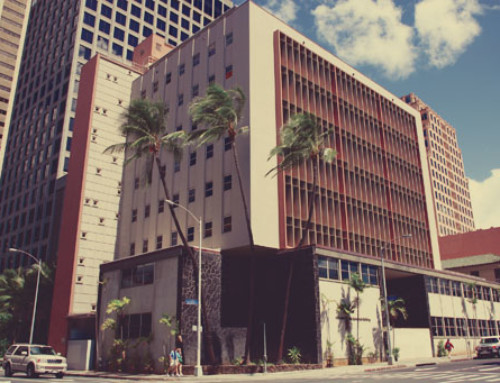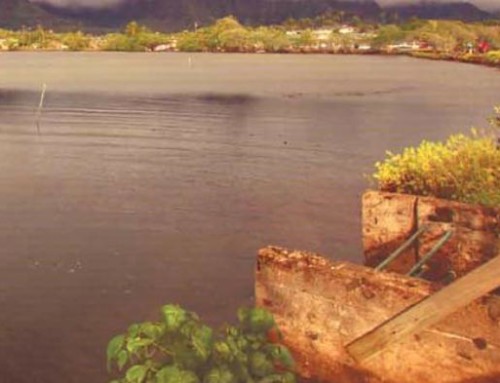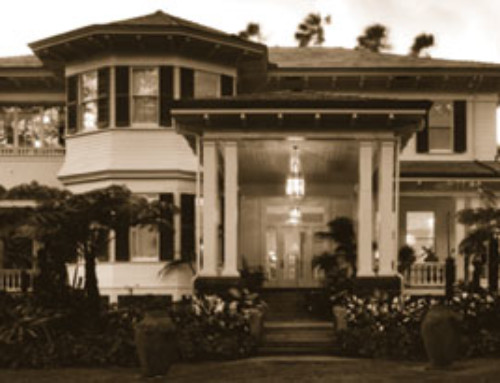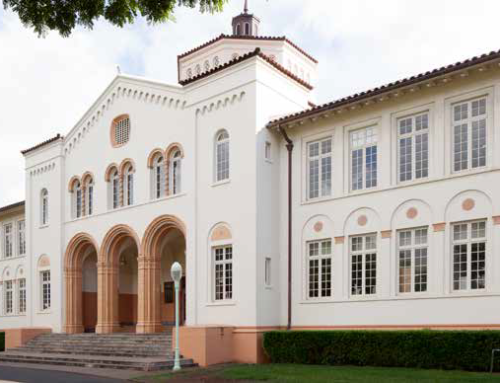Opened in 1927, the Waikiki War Memorial Natatorium was built to honor the men and women of Hawaii who served during the “Great War.” Learn more about this historic place and the world-wide community supporting its restoration below.
Historic Hawaii Foundation’s Position
- HHF supports the stabilization, preservation and rehabilitation of the Waikīkī War Memorial Natatorium.
- HHF recommends that the immediate strengthening, repair and stabilization of the structure’s frame be completed per the plans that were halted in 2005, including the sea walls and deck.
- HHF recommends, in conjunction with resuming the work to stabilize the structure, that engineering, planning and permitting be undertaken for the re-design of the pool.
- HHF recommends that the City engage in dialogue with state and federal agencies, non-profit organizations, business organizations and other stakeholders to craft a public-private partnership for the long-term rehabilitation, maintenance and operation of the facility.
UPDATE: 2014 NATATORIUM NAMED A “NATIONAL TREASURE” BY NATIONAL TRUST
At the National Trust for Historic Preservation, we work to preserve and protect landscapes, buildings, and neighborhoods that have played a meaningful role in our past. We want future generations to be able to experience and discover their own connections to these places as well.
We have several programs focused entirely on identifying endangered historic places and taking action to save them.
- National Treasures. Irreplaceable historic places across the country — from beloved local schoolhouses to well-known monuments — illustrate the American story in all its richness. We are building a portfolio of endangered National Treasures, and raising needed funds, creating coalitions of advocates, and fighting in the courts to protect them.
UPDATE: 2012 – DON’T GET US STARTED
The Natatorium – managed by the City and County of Honolulu but owned by the state – has been closed for 40 years, but instead of boring you with the back and forth, simply put on the Clash’s song, “Should I Stay or Should I Go?” But wait, Gov. Neil Abercrombie has a plan, hoping to create a beach volleyball facility. Communications director Jim Boersema confirmed that the governor’s office is working on a solution, but declined to give details. Details would be welcome, as emails published online at Honolulu Civil Beat show that city and state officials had purposefully left the public unaware of what’s happening at the Natatorium. “What city officials apparently don’t want reporters or public to know is that hundreds of thousands of dollars in taxpayers’ money has likely been wasted on studies that are no longer needed,” reported Sophie Cocke in late September.
We checked in with nonprofit group Friends of the Natatorium. “We welcome Gov. Abercrombie’s initiative to reclaim the Natatorium,” says group president representative Peter Apo. “The issue of pool restoration or alternative use is yet to be addressed but we are relieved to be moving away from previous Mayor Mufi Hannemann’s public policy to demolish this national treasure.
About the Mayor’s 2009 Natatorium Task Force
Historic Hawai‘i Foundation was represented by Kiersten Faulkner, Executive Director of Historic Hawaii Foundation on the Mayor’s Task Force on Alternatives for the Natatorium which met in 2009.
Here is a summary of the votes:
Three task force members (Faulkner, Donna Ching and Fred Ballard) voted for the stabilization, preservation and rehabilitation of the Waikiki War Memorial which is defined by law as “including a swimming course of at least 100 meters” Three task force members were not present at the vote (Hannie Anderson, Art Caleda and Brian Keaulana), but signed the minority opinion supporting the preservation and rehabilitation of the Waikiki War Memorial.
Seven task force members (Rick Bernstein, Jean Pierre Cercillieux, Charles “Chip” Fletcher, Tim Guard, State Rep. Ken Ito, Lt. Gen. H.C. Stackpole, USC (Ret.) and Edgar Hamasu) voted for demolishing the Natatorium and building a beach.
Two members (Rick Egged and Andrew Rossiter) voted to demolish the memorial and build a state-of-the-art aquarium in its place when funding allows.
Collins Lam, is an employee of the City and Chairman of the Task Force, was only a voting member in the event of a tie which was not necessary.
LISTED AS ENDANGERED IN 2005
Article Written By: A. Kam Napier
What is is?
The Territory of Hawaii built the Beaux Arts-style Natatorium in 1927, dedicating it to Islanders who served in World War I. With its salt-water pool intended for healthy recreation, it was the nation’s first “living” war memorial. Duke Kahanamoku was the first to plunge in on opening day. In 1949, the Territory transferred the Natatorium to the City and County of Honolulu.
What Threatens It?
Long-term neglect and political uncertainty. From 1927 to 1997, no more thn $100,000-total-was spent to maintain the Natatorium. The pool has been closed, deemed unsafe, for the past 26 years. The Harris administration spent $4 million in 1999 to restore the Natatorium’s facade, and last winter embarked on a $6 million restoration of the pool after part of the pool deck collapsed. In his first day in the office this year incoming Mayor Mufi Hanneman stopped work on the project.
What Can Be Done?
Some community groups, such as Friends of the Natatorium, prefer full restoration. Others, such as the Kaimana Beach Coalition, argue that the archway should be preserved and the pool torn down. the city appears to favor the latter idea. “The city department of design and construction is working with the Army Corps of Engineers to look at the possibility of a study on the effects that removing the pool wall might have on the beach’s condition,” says Bill Brennan,press secretary. “Nothing has been agreed to yet. Also, the corporation counsel’s office


